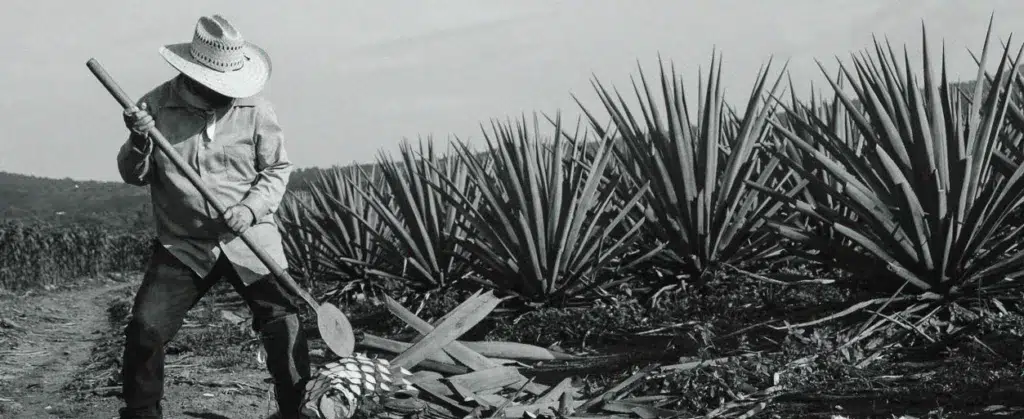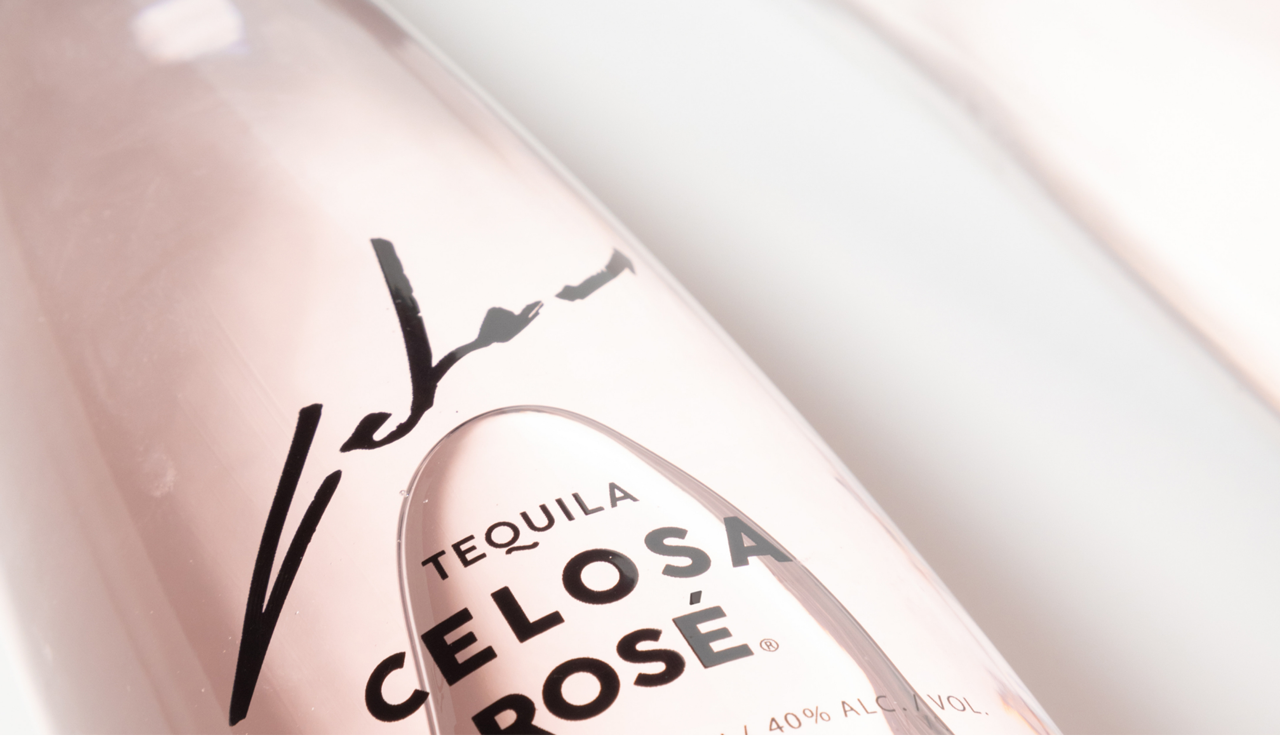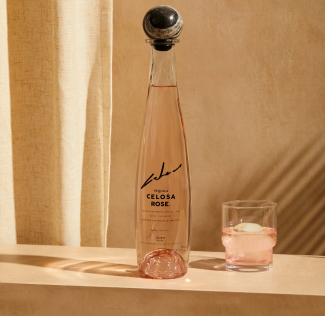Tequila, often celebrated as the spirit of Mexico, is a versatile and beloved drink enjoyed worldwide. However, not all tequilas are created equal. From high-end, top-shelf varieties to more budget-friendly options, the world of tequila offers a vast spectrum of choices, each with its unique characteristics and qualities.
So, what’s the difference between a tequila that costs $15 and one that costs $150? Is it worth the difference in cost, or should you just buy the cheap tequila and mask it with other flavors?
The fact that you’re on our website tells us you probably already know the answer to that. Still, let’s take a look at what makes a luxury tequila so much better than a cheap one.
How Premium and Cheap Tequilas Are Made
The Agave Selection

Agave is the soul of tequila, and the choice of agave greatly influences the taste and quality of the final product. High-end tequilas proudly bear the label “100% Agave,” indicating that they are crafted exclusively from the prized Weber blue agave. This choice is a commitment to a higher standard of tequila production.
In contrast, cheaper tequilas are often categorized as “mixtos,” which means they only contain a minimum of 51% agave sugars, as required by law.
The remaining 49% can come from other fermentable sugars like cane or corn. This blend allows for more cost-effective production, but it also dilutes the pure agave taste found in high-end tequilas.
The Weber blue agave, scientifically known as Agave tequilana Weber azul, is a unique species of agave that is indigenous to the Jalisco region of Mexico. It is highly regarded for its exceptional sugar content and rich, sweet flavor.
High-end tequila producers typically wait until the agave plants have reached peak maturity before harvesting. This means waiting for several years, allowing the agave’s piña (the core of the plant) to accumulate sugars and develop the nuanced flavors that distinguish top-shelf tequilas. Harvesting too early can lead to a less complex and less flavorful spirit, which is often the case with cheaper tequilas.
The process of cultivating, harvesting, and using 100% Weber blue agave in high-end tequila production is meticulous and arduous, but it is essential for achieving the finest quality tequila.
The Production Process
The journey from agave plant to tequila bottle involves a series of crucial steps. High-end tequilas usually employ traditional methods, taking extra care in harvesting, cooking, fermentation, and distillation. This meticulous process contributes to a smoother and more refined end product.
Cheaper tequilas, on the other hand, often use more cost-effective, mass-production techniques, which can lead to a less refined final product.
They often employ diffusers for cooking the agave, which expedites the process but leads to a less nuanced flavor. These methods frequently involve younger agave plants that haven’t fully developed their sugars, yielding a simpler taste profile.
Aging and Maturation
Aging in oak barrels is a defining characteristic of tequila production. High-end tequilas are often aged longer, sometimes in specialty barrels like those used for wine or cognac – just like how Celosa Rose is aged in French Oak wine barrels.
This extended aging process imparts nuanced flavors and aromas. In contrast, cheaper tequilas may have shorter aging periods or use second-hand barrels, which results in a simpler taste profile. Again, with cheaper tequila it is all about efficiency and speed of production.
Taste Differences Between High-End and Cheap Tequila
When sipping a high-end tequila, you’ll encounter a rich and complex flavor profile, with notes of agave, caramel, vanilla, oak, and sometimes even hints of fruits and spices. Cheap tequilas, while not necessarily lacking in taste, typically offer a simpler flavor profile.

Agave Flavor
In high-end tequilas, the agave takes center stage. The agave flavor is rich, authentic, and full-bodied. It carries notes of cooked agave, earthiness, and herbal undertones. The slow cooking of mature agave piñas results in a nuanced agave taste that is often described as “earthy” or “spicy.” This authentic agave flavor is a hallmark of top-shelf tequila.
Aging in high-quality oak barrels for an extended period contributes to the development of sophisticated flavors. Notes of caramel and vanilla emerge, providing a smooth and velvety sweetness. This interplay between the agave’s earthiness and the barrel’s sweet, woody characteristics creates a harmonious balance that distinguishes high-end tequila.
Cheaper tequilas retain some agave character, but it’s typically less pronounced and can be overshadowed by other flavors, particularly sweetness. The agave notes are often less mature and less robust, contributing to a milder agave taste.
Complexity
The aroma of high-end tequilas is equally intricate. When you bring a glass to your nose, you’ll encounter a fragrant bouquet that combines the essence of agave, the subtlety of oak, and hints of citrus. These elements create a layered and captivating scent that prepares the palate for the complexity of the tequila.
The aroma of cheaper tequilas is typically less complex than that of high-end counterparts. While you might still detect agave and some oak, the overall scent is less multifaceted and less likely to reveal subtleties and layers.
Nuance
A sophisticated tequila such as Celosa Rose then has its flavors layered in as part of the careful and meticulous production processes. Celosa Rose offers sweet notes of cherry alongside the sharper tropical flavors, which is due to that careful barrel selection and delicate aging.
With a cheaper tequila, you’re only going to get the simple flavor of the agave, sullied with the other flavors from the sugarcane. And where a cheap tequila offers an infused fruit flavor, it will be added artificially, which overshadows and unbalances the tequila.
Cocktail Pairing
With a luxury tequila, you can enjoy it neat and it will be smooth and refreshing. You wouldn’t want to do that with a cheap tequila, hence the ‘tradition’ of using lime wedges to remove the bitterness following a shot.
That’s why cheap tequilas are primarily used in cocktails, where other ingredients can mask its flavor. Still, a premium tequila would be a better choice, as it will help to elevate the overall drink and create a much more sophisticated cocktail.
You should want to be able to detect the tequila in your carefully mixed drinks – not hide it under other layers.
Ethics and Sustainability of Tequilas
Many high-end tequila brands have embraced the principles of sustainability and ethical production. They recognize the importance of preserving the environment, supporting local communities, and ensuring the welfare of the agave farmers and workers.
High-end tequilas often source their agave from carefully managed and sustainable farms. This includes initiatives to protect and restore agave ecosystems, which are essential for the long-term health of the industry. Sustainable practices may involve reforestation efforts and the responsible use of natural resources.
The choice of production methods, including traditional techniques and fermentation, minimizes the environmental footprint of high-end tequila. Additionally, many premium brands are investing in renewable energy sources and responsible waste management practices.
While some cheaper tequila producers are also making efforts to adopt sustainable and ethical practices, the budget-conscious nature of this market segment can sometimes lead to different outcomes.
Cheaper tequilas may rely on agave from a wider range of sources, including potentially less regulated or environmentally sustainable farms. This approach can raise concerns about the impact on agave ecosystems and biodiversity.
He focus on efficiency in cheaper tequila production can sometimes lead to less environmentally friendly practices. For instance, the use of diffusers, which are common in this segment, may be seen as less sustainable due to their resource-intensive nature.
Packaging and Presentation

High-end tequilas are often presented in elegant and unique bottles, sometimes featuring artistic designs or hand-blown glass. Our Celosa Rose bottle looks absolutely stunning when part of your bar, and will serve as a conversation starter at any party you host.
Cheaper tequilas usually opt for simpler packaging. Labels and certifications, like the “100% Agave” mark, are prominently displayed on high-end bottles to assure quality.
This also means that a premium tequila such as Celosa Rose is a much better option for a gift – you aren’t just giving someone the incredible flavors and aromas of a luxury tequila, but you’re presenting them with an attractive gift that they can savor, too.
To Conclude
It should now be clear why a luxury tequila justifies the higher cost over cheap brands. You are paying for so much more.
Firstly, and perhaps most importantly, it’s the flavor of the tequila and everything that goes into that – the laboured production processes, the expertise from generations of tequila-producing families, the careful selection of ingredients and, of course, the time involved.
Cheap tequilas make their profit by selling large volumes, and so look for shortcuts and time savers wherever possible. Premium tequilas like our Celosa Rose are instead made with care and diligence, producing a product that’s much higher quality.
And, it is more sustainable and ethically responsible too, so you know you’re supporting the historic traditions of the authentic tequila industries.
Why not see for yourself just how much better a luxury tequila can be, by ordering your own bottle of Celosa Rose now?





